loading...
loading...
Home > Restoration & Access > Restoring the Ecology
Under the stewardship of local residents, we tackle projects to protect, improve and restore the Bronx River corridor and Greenway.
We complete projects by using rigorous science, sound planning and research, and community-driven involvement—all the way from headwaters in Westchester near the Kensico Dam, down to the mouth in Soundview Park in the Bronx.
We are committed to involving people from throughout the region. We work together with local and regional organizations, and our volunteers come from all over our watershed, like at our recent Bronx River Watershed Summit.
Our task? The restoration of the river in the Bronx, in partnership with NYC Parks and the Natural Resources Group. This includes invasive plant removal and management, native species plantings, green infrastructure maintenance for stormwater management, and riparian (shores and wetland) restoration.
Much of our on-the-ground work is done by our Conservation Crew whose role is to be the eyes and ears on the river. They are the first to spot and report oil spills and remove channel blockages that would be safety hazards to the public, natural habitats, and our on-water activities.
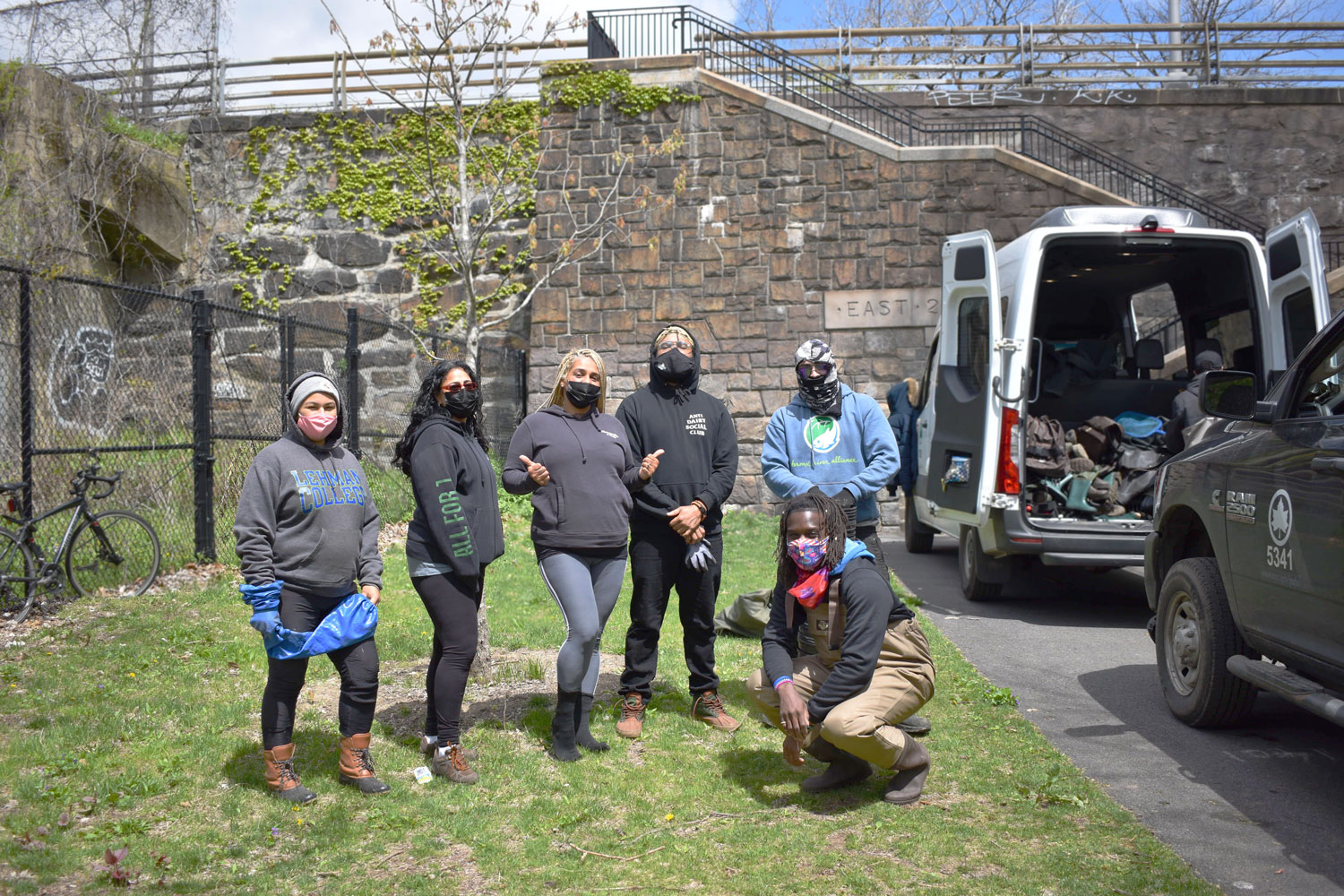
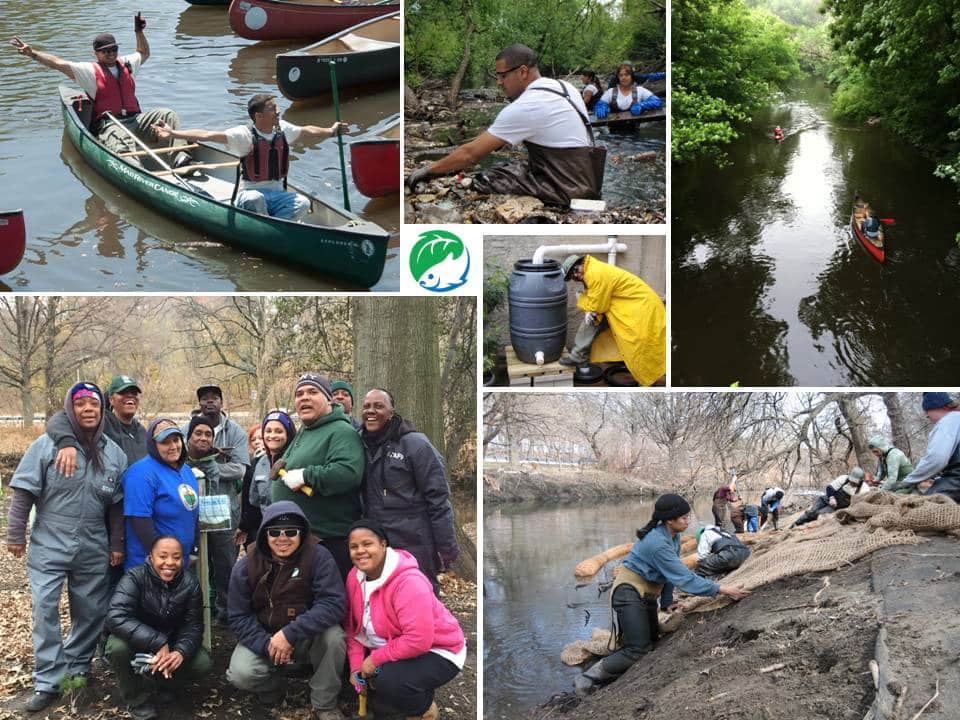
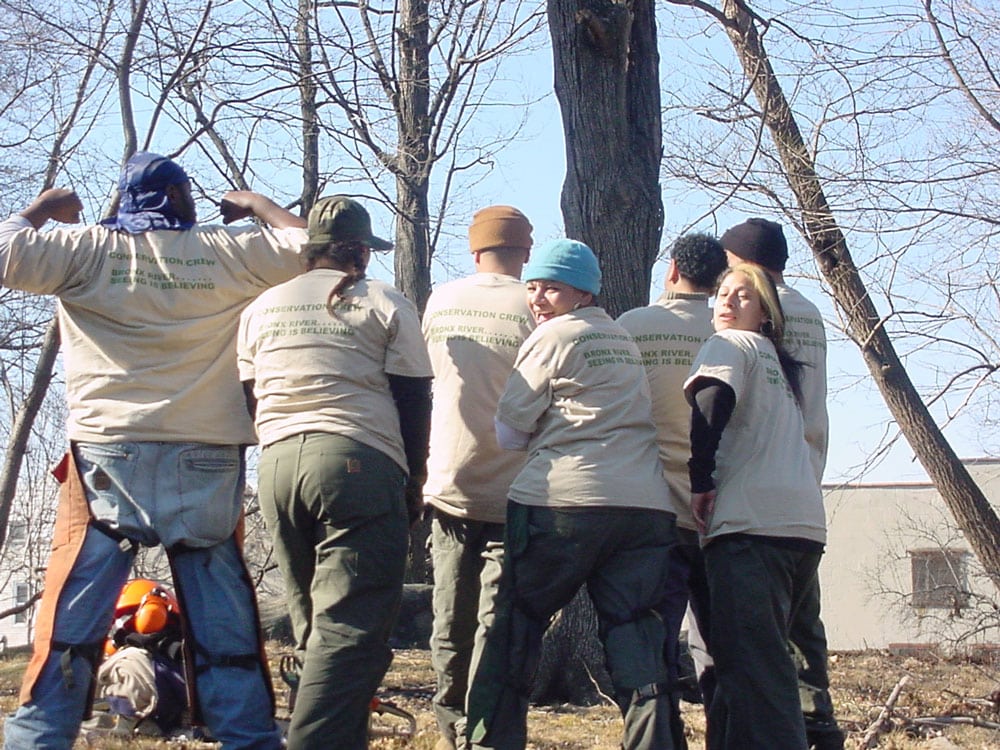
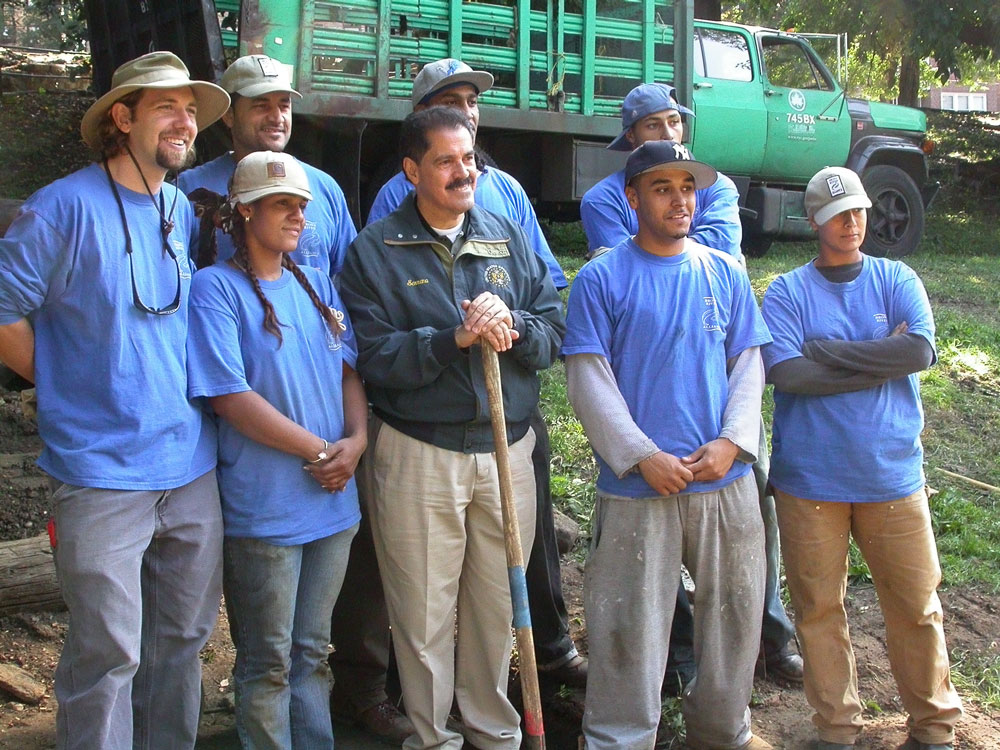
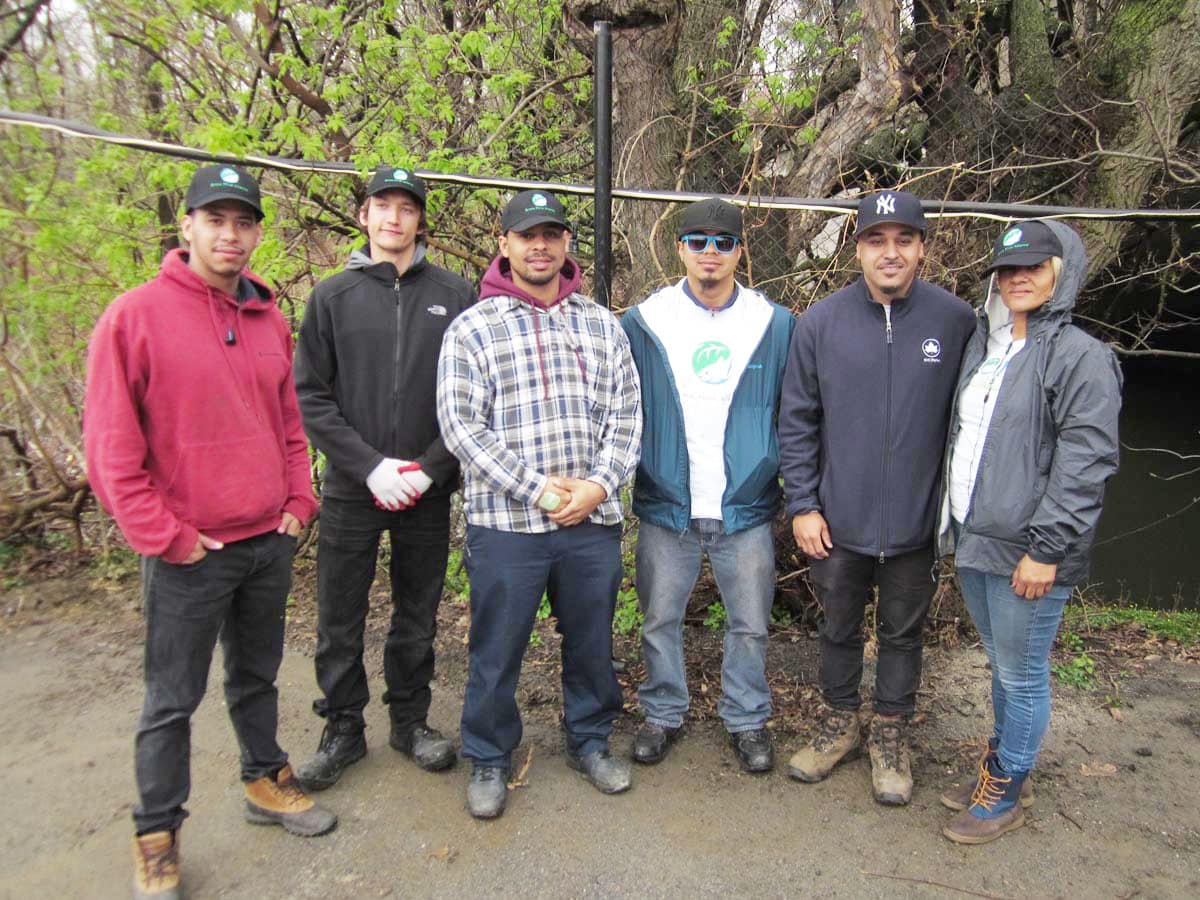
The Bronx River Ecology Team—a committee of scientists, community activists, and public agency representatives— provides guidance and resources. They help the Alliance set priorities and identify the most pressing ecological restoration projects for the community and the river.
Our actions lead to better environmental policy and planning in both the city and the region, which in turn expands and strengthens other efforts to restore the watershed.
We are grateful for all those involved in this work!
Want to volunteer? Click here.
To learn more about hands-on restoration of the Bronx River or the Eco Team, contact Christian Murphy at: christian.murphy@bronxriver.org.
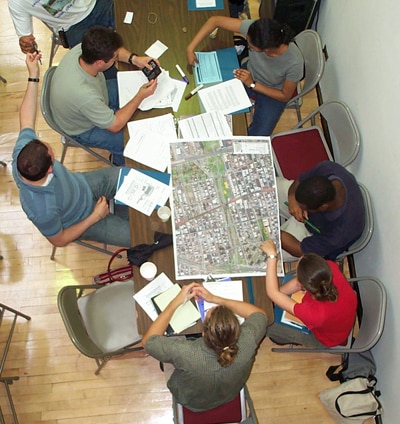
Working collaboratively with others, our projects develop comprehensive approaches to keeping the river healthy. We address:
A Closer Look

How clean IS the water? That’s a question we’re asked a lot. Our robust water quality-monitoring program determines the types, locations, and severity of the pollutants. With that foundation, we’re more able to address the problems at their sources, promoting the river’s recovery and restoration.
Water Quality FAQ
That’s a great question and we’re glad you’re curious! The answer is a little more challenging because first we have to define what we mean by clean.
No, unfortunately! History tells us that the river was considered as a drinking water source for NYC back in the early 1800s. But not long after, the river began to show effects from urbanization, from input of human wastes, and from channelizing (modifying) parts of the river. Since then, it’s not been drinkable.
Not yet! But groups like the Alliance and SWIM are working with agencies, community groups, nonprofits, and other interested groups to improve water quality citywide.
Yes, it most definitely is and we have lots of wonderful, unique creatures that call the Bronx River home. Keep exploring these pages to find out more!
At each study site either Alliance staff or stewards like you collect a variety of water-quality indicators, including: (see glossary for definitions)
**These special projects are not included in all study sites.
In some study sites we want to monitor the conditions at different points along its 24 mile length. In other places, we might notice stormwater pipes flowing during dry weather and investigate further.
We use our data for scientific research and advocacy purposes, so we make sure our data are comparable to other data. We do this with the the EPA through reviewing and approving our Quality Assurance Program Plan (QAPP): Bronx River Water Pollution Monitoring Program QAPP
Yes! Our ecology programming is designed to address the 3 main pollutants to the Bronx River and engage students, volunteers, and community members in data collection and restoration efforts.
The 3 main pollutants to the Bronx River are floatable trash, fecal pathogens, and low dissolved oxygen (which is what aquatic critters need to survive). In order to improve, protect, and restore the Bronx River, a robust water quality-monitoring program is necessary to determine the types, locations, and severity of inputs. Our Project WASTE Program was developed to address the floatable trash; the water-quality testing methods described on this page help us address the other two main issues. Our microplastics pilot study, allowed us to collect and identify microplastic pollution in the Bronx River. Project Water DROP builds on a legacy of bacteria monitoring on the Bronx River to find and identify outfalls that are contributing untreated sewage to the river. By addressing these water pollutants at their sources, we will begin to reverse the degradation of this urban river and promote ecosystem recovery and restoration. We welcome your help!
Please visit our YouTube, Facebook, and Instagram pages for daily content to stay engaged with the Bronx River!
With volunteers like you, Project Water DROP detects certain pollutants at 11 locations along the river. This snapshot of health helps stewards investigate clean water violations to protect the environment.
A Closer Look
Trash on the streets is annoying and unsightly, but more importantly it’s dangerous when it gets to wildlife habitat. Project WASTE has removed over 7 TONS from in and around the river. We’ve also stopped trash from entering at sources.
Check out the types of waste we’ve found, and sign up to help. We need it!
A Closer Look
A Closer Look
What happens when NYC’s combined sewer system gets overloaded in heavy rains? Yep, the raw sewage (ew!) and polluted storm water flows into places like our Bronx River.
But Green Infrastructure (e.g., green roofs, permeable pavement, bioswales) absorbs that excess water, filters pollutants, and makes the city more livable.
Using innovative methods, this pilot study successfully collected and assessed microplastics in the river. These tiny pieces of plastic affect the health of wildlife and humans.